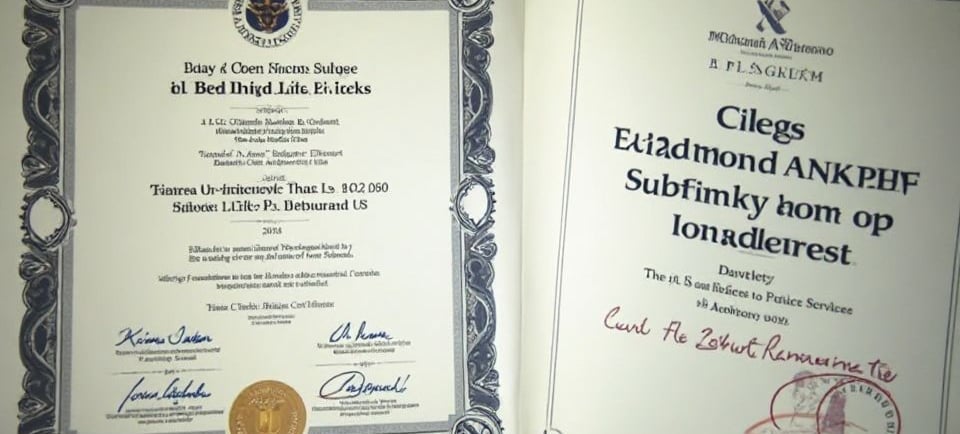Why Original, Non-Laminated Documents Are Mandatory for Attestation
Why Original, Non-Laminated Documents Are Mandatory for Attestation
REMOVE LAMINATION
Viral Gala
9/27/20252 min read


Attestation 101: Why Your Documents Must Breathe (And Why Lamination is Your Biggest Roadblock)
You’ve achieved so much: the degree, the job offer, the wedding certificate. Now, that paper is your ticket to a new life overseas.
Before any embassy or foreign government trusts your documents, they demand one non-negotiable step: Attestation. This process is their way of verifying that your certificate is 100% genuine.
But here’s the unexpected catch that trips up thousands of applicants: Laminated documents are rejected.
Why does that clear, protective plastic stop your international plans dead in their tracks? Here’s why only your original, unlaminated documents will get you the final stamp of approval, and what to do if you’ve already sealed your fate.
🚫 Four Reasons That Plastic Film Stops Your Future
The rule is simple: Officials must be able to touch the original paper. Lamination creates an invisible wall of doubt and prevents the necessary legal process.
They Can't See the Security: Your certificates have hidden security features—raised seals, unique paper texture, and official signatures. Lamination flattens these features, making it impossible for the official to verify that the paper is genuine and unaltered.
The Suspicion Factor: When a document is permanently encased in plastic, it immediately raises a red flag. Authorities often suspect the lamination is used to hide tampering, forgery, or previous alterations. You don't want your document to look suspicious.
No Room for the Official Stamp: Attestation requires the embassy or notary to place a fresh, dated stamp or seal directly onto the document. Lamination makes the stamp slide off or smudge, blocking the final, mandatory step of the verification process.
The Permanent Damage Risk: If you try to remove the lamination at home later (with a hairdryer or blade), you risk tearing the paper or fading the ink, rendering your certificate permanently invalid.
The Lesson: Your most important papers—from your Marriage Certificate to your Degree and Police Clearance—must remain free of plastic.
What to Do If Your Future is Trapped in Plastic
Don't panic! You have safe, professional options to reverse this mistake:
✅ Choose Professional Restoration (Laser De-lamination): This is the safest, fastest path. Services using advanced, non-contact methods (like our patented laser technology) gently remove the plastic without disturbing the ink or seals. This restores your document to its original condition, ready for submission.
⚠️ Request a Duplicate (The Long Road): If your document is extremely old or professional removal isn't an option, you must contact the issuing authority (university, court, etc.) to request a fresh, unlaminated copy. Be warned: this process is often slow, costly, and can take weeks or months.
❌ AVOID DIY AT ALL COSTS: Never use household heat, chemicals, or sharp objects. This is the fastest way to turn a valid certificate into useless, damaged paper.
How to Protect Your Papers the Right Way
Going forward, protect your originals without blocking your path abroad:
Use clear, acid-free document sleeves or archival folders.
Keep them stored flat in a cool, dry place.
Maintain high-resolution scanned backups for everyday use.
Final Takeaway: Attestation is the key to unlocking your job or study abroad. Don't let a mistake made years ago be the reason for your application delay. Get your certificates safely restored by professionals, and secure that final stamp of approval!
